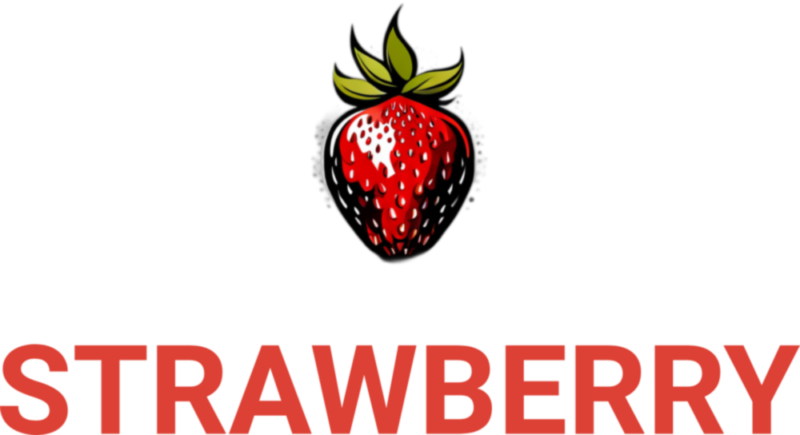-
Índice
“Eat smarter with the Glycemic Index: A diet for a healthier you!”
How to Use the Glycemic Index to Create a Balanced Diet
Creating a balanced diet is essential for maintaining a healthy lifestyle. The glycemic index (GI) is a tool that can help you make better food choices and create a balanced diet. The GI is a measure of how quickly a food raises your blood sugar levels. Foods with a high GI are quickly digested and absorbed, causing a rapid rise in blood sugar. Foods with a low GI are digested and absorbed more slowly, resulting in a slower rise in blood sugar.
Using the GI to create a balanced diet is simple. Start by focusing on foods with a low GI. These include whole grains, legumes, fruits, and vegetables. These foods are packed with essential vitamins, minerals, and fiber, and they help keep your blood sugar levels stable.
Next, add some foods with a moderate GI. These include whole-grain breads, oats, and brown rice. These foods provide energy and help keep you feeling full for longer.
Finally, add some foods with a high GI. These include white bread, white rice, and potatoes. These foods provide quick energy, but they can cause a rapid rise in blood sugar. To balance out the high GI foods, pair them with low GI foods like nuts, seeds, and yogurt.
By following the GI, you can create a balanced diet that is full of nutritious foods. Eating a variety of low, moderate, and high GI foods will help you maintain a healthy lifestyle and keep your blood sugar levels stable.
The Benefits of Eating Low-Glycemic Foods

Eating low-glycemic foods can be a great way to improve your overall health and well-being. Low-glycemic foods are those that have a low glycemic index, meaning they are digested and absorbed slowly, resulting in a gradual rise in blood sugar levels. This can help to reduce the risk of developing diabetes, heart disease, and other chronic health conditions. Additionally, eating low-glycemic foods can help you to maintain a healthy weight, as they are more filling and can help to reduce cravings for unhealthy snacks.
The benefits of eating low-glycemic foods go beyond just physical health. Eating low-glycemic foods can also help to improve your mental health. Eating a diet that is rich in low-glycemic foods can help to reduce stress and anxiety, as well as improve your mood. Eating low-glycemic foods can also help to improve your concentration and focus, as they provide a steady source of energy throughout the day.
Eating low-glycemic foods can also help to improve your overall energy levels. Low-glycemic foods provide a slow and steady release of energy, which can help to keep you feeling energized throughout the day. This can help to reduce fatigue and improve your overall productivity.
Finally, eating low-glycemic foods can help to improve your overall health and well-being. Low-glycemic foods are packed with essential vitamins, minerals, and other nutrients that can help to keep your body functioning optimally. Eating a diet that is rich in low-glycemic foods can help to reduce inflammation, improve digestion, and boost your immune system.
Eating low-glycemic foods can be a great way to improve your overall health and well-being. By eating a diet that is rich in low-glycemic foods, you can reduce your risk of developing chronic health conditions, maintain a healthy weight, improve your mental health, increase your energy levels, and improve your overall health and well-being. So, why not give it a try today?
Understanding the Role of Glycemic Load in Weight Loss
Are you looking to lose weight and keep it off? If so, you may want to consider the role of glycemic load in your weight loss journey. Glycemic load is a measure of how quickly a food will raise your blood sugar levels. Foods with a high glycemic load are quickly digested and absorbed, causing a rapid rise in blood sugar. On the other hand, foods with a low glycemic load are digested and absorbed more slowly, resulting in a slower rise in blood sugar.
Eating foods with a low glycemic load can help you lose weight in several ways. First, it can help you feel fuller for longer. Foods with a low glycemic load are digested more slowly, which means they stay in your stomach longer and help you feel full. This can help you eat fewer calories and reduce your overall calorie intake.
Second, eating foods with a low glycemic load can help you burn more fat. When you eat foods with a high glycemic load, your body releases insulin to help process the sugar. Insulin helps your body store fat, so eating foods with a high glycemic load can lead to weight gain. On the other hand, eating foods with a low glycemic load can help you burn more fat because your body doesn’t need to release as much insulin.
Finally, eating foods with a low glycemic load can help you maintain a healthy weight. When you eat foods with a high glycemic load, your blood sugar levels spike and then quickly drop. This can lead to cravings for more sugary foods, which can lead to overeating and weight gain. Eating foods with a low glycemic load can help you maintain steady blood sugar levels, which can help you avoid cravings and overeating.
So, if you’re looking to lose weight and keep it off, consider the role of glycemic load in your weight loss journey. Eating foods with a low glycemic load can help you feel fuller for longer, burn more fat, and maintain a healthy weight. With a little bit of planning and dedication, you can make low glycemic load foods a part of your everyday diet and reach your weight loss goals.
Conclusão
In conclusion, the glycemic index is an important tool for understanding how different foods affect blood sugar levels. Eating a diet that is low in glycemic index foods can help to reduce the risk of developing diabetes and other chronic diseases. Additionally, eating a diet that is high in fiber and low in processed foods can help to reduce the risk of developing diabetes and other chronic diseases. Eating a balanced diet that includes a variety of foods from all food groups is the best way to ensure that you are getting the nutrients you need while also controlling your blood sugar levels.


